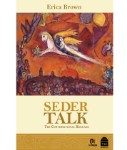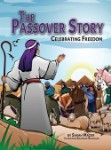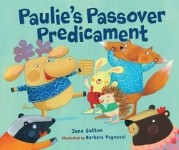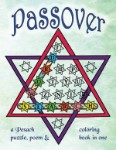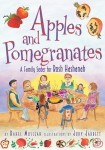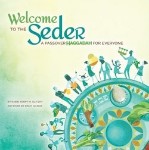London Yiddishtown: East End Jewish Life in Yiddish Sketch and Story, 1930–1950 by Katie Brown , I. A. Lisky, A. M. Kaizer

Buy this book at Amazon or for Kindle
Editor, Translator: Vivi Lachs
In London Yiddishtown: East End Jewish Life in Yiddish Sketch and Story, 1930–1950, Vivi Lachs presents a selection of previously un-translated short stories and sketches by Katie Brown, A. M. Kaizer, and I. A. Lisky, for the general reader and academic alike. These intriguing and entertaining tales build a picture of a lively East-End community of the 30s and 40s struggling with political, religious, and community concerns. Lachs includes a new history of the Yiddish literary milieu and biographies of the writers, with information gleaned from articles, reviews, and obituaries published in London’s Yiddish daily newspapers and periodicals.
Lisky’s impassioned stories concern the East End’s clashing ideologies of communism, Zionism, fascism, and Jewish class difference. He shows anti-fascist activism, political debate in a kosher café, East-End extras on a film set, and a hunger march by the unemployed. Kaizer’s witty and satirical tales explore philanthropy, upward mobility, synagogue politics, and competition between Zionist organizations. They expose the character and foibles of the community and make fun of foolish and hypocritical behavior. Brown’s often hilarious sketches address episodes of daily life, which highlight family shenanigans and generational misunderstandings, and point out how the different attachments to Jewish identity of the immigrant generation and their children created unresolvable fractures. Each section begins with a biography of the writer, before launching into the translated stories with contextual notes.
London Yiddishtown offers a significant addition to the literature about London, about the East End, about Jewish history, and about Yiddish. The East End has parallels with New York’s Lower East Side, yet London’s comparatively small enclave, and the particular experience of London in the 1930s and the bombing of the East End during the Blitz make this history unique. It is a captivating read that will entice literary and history buffs of all backgrounds.
Year first published: 2021


